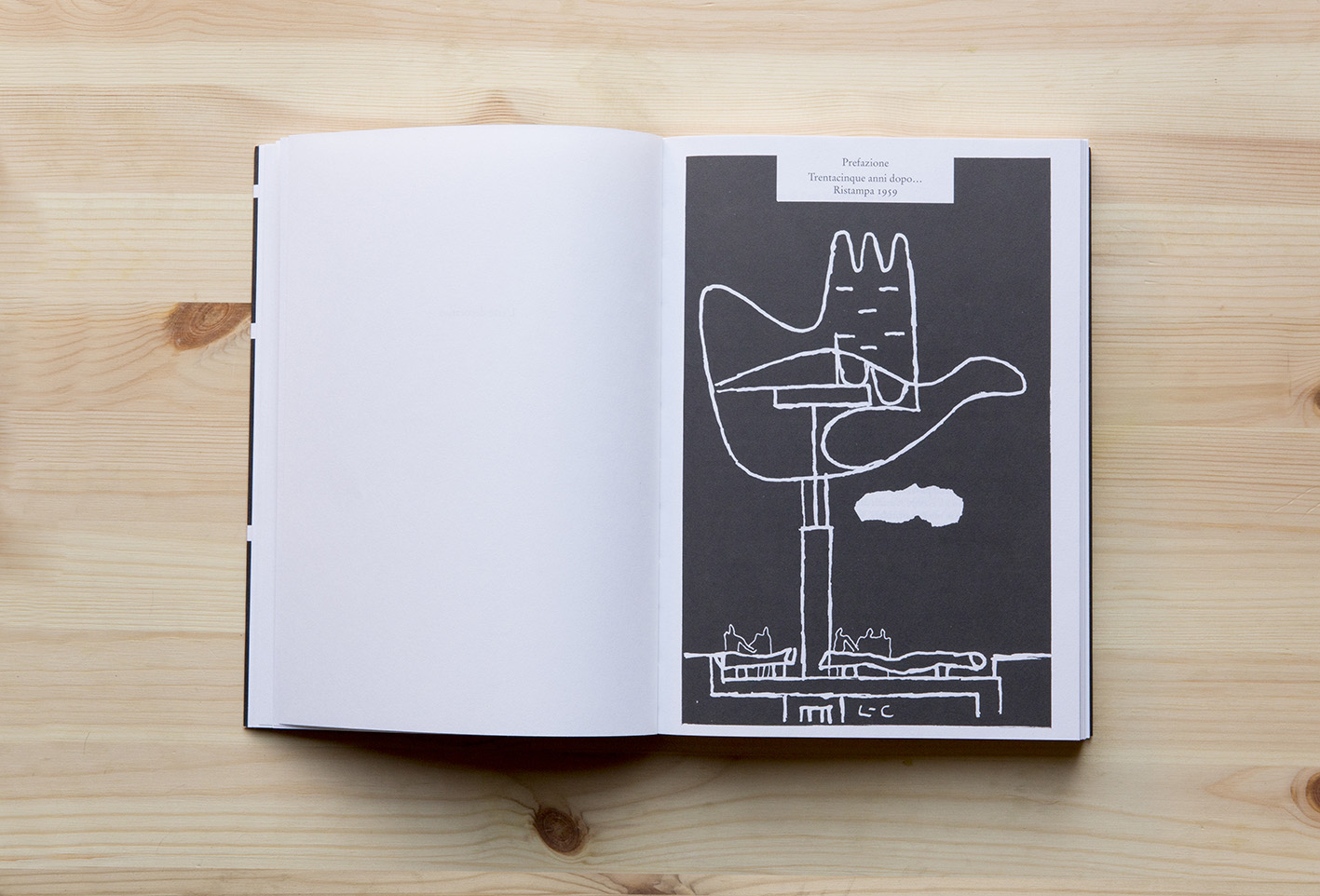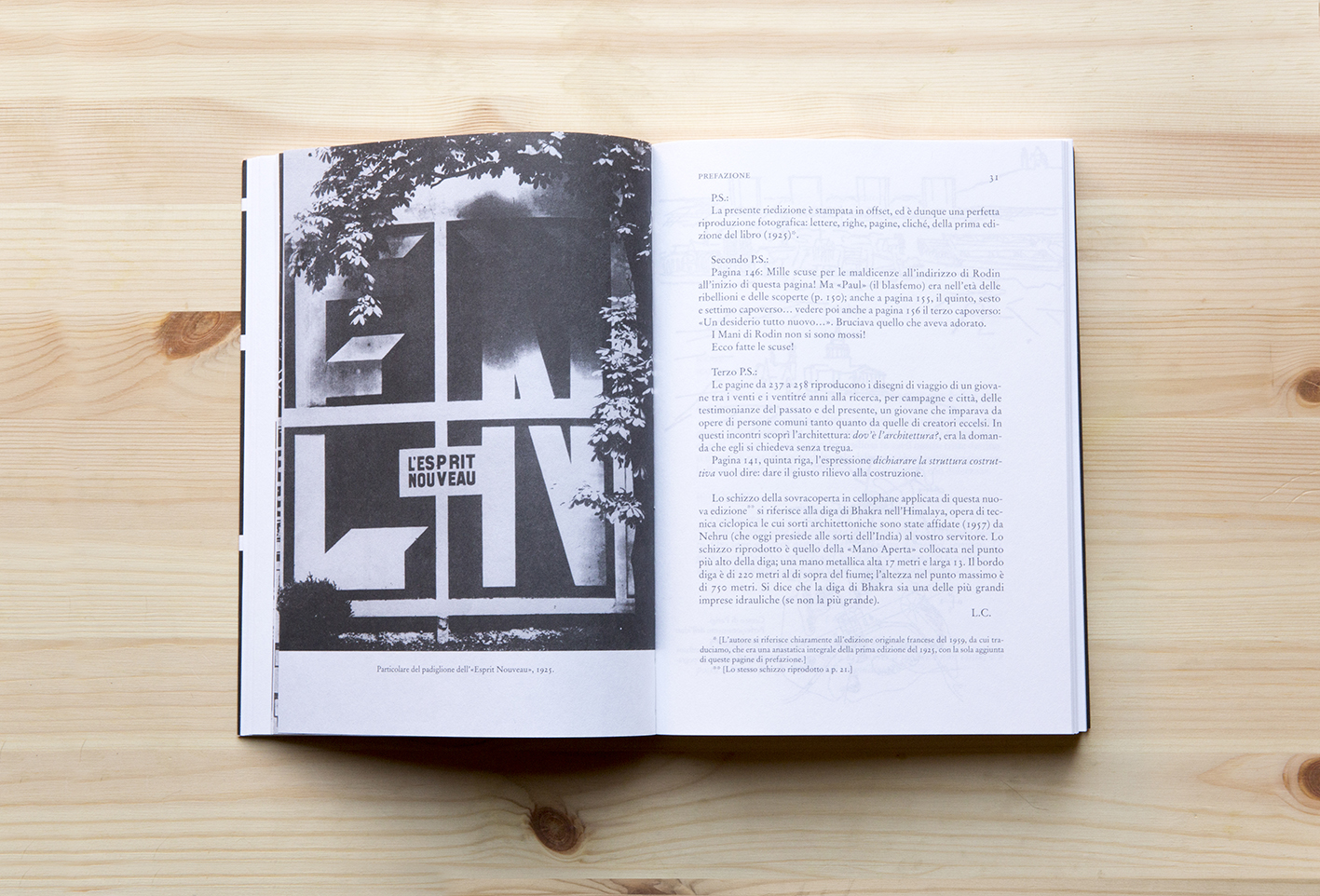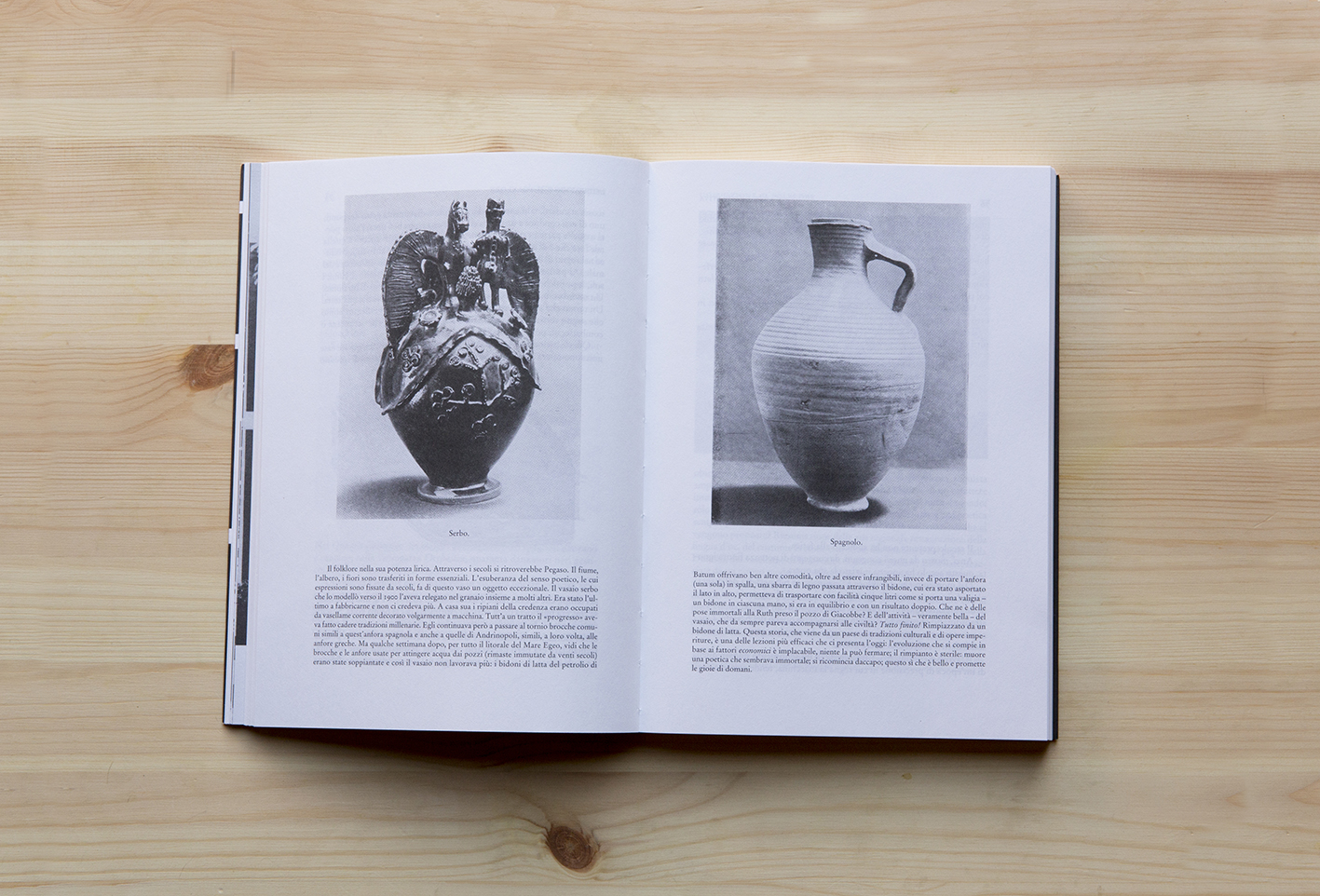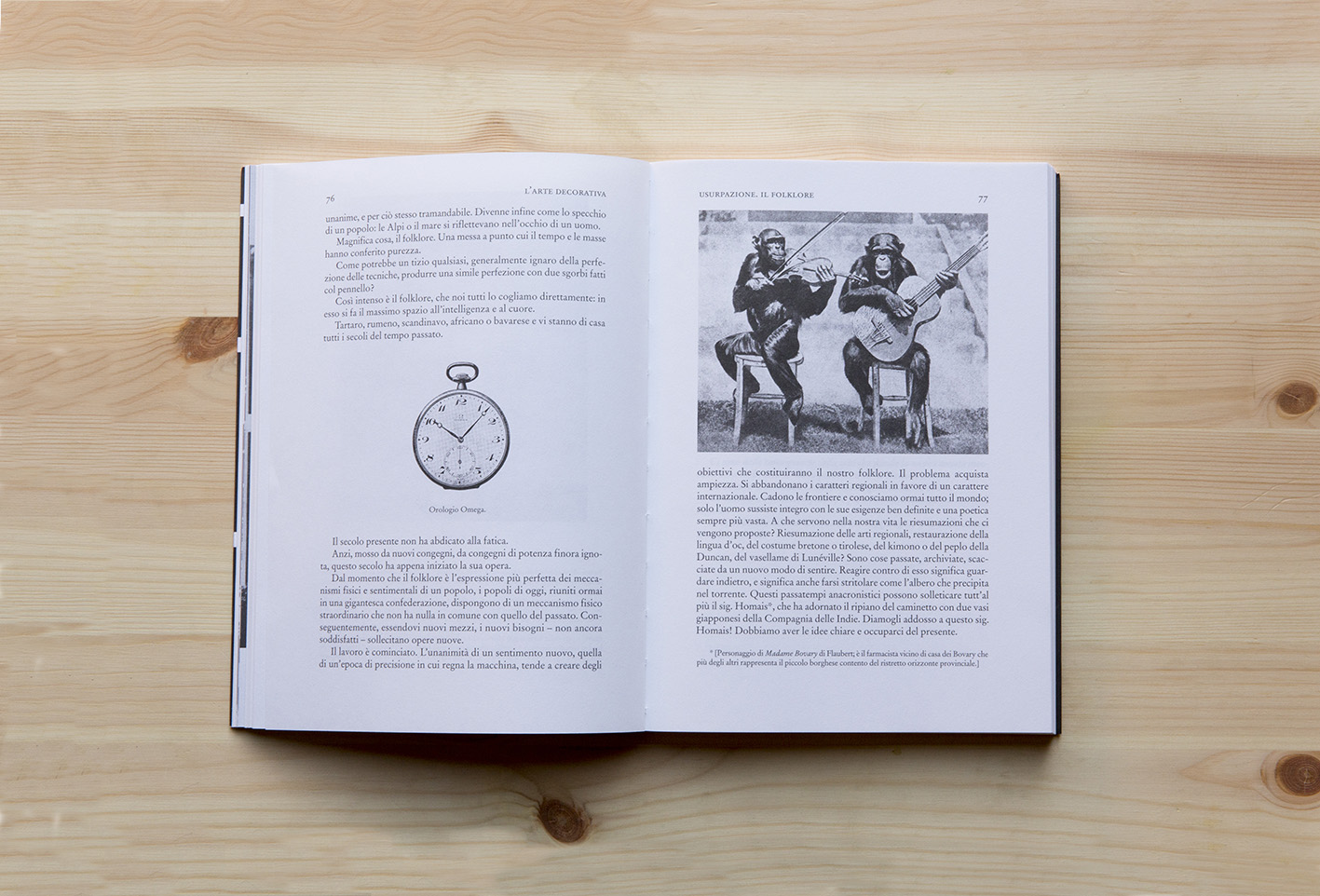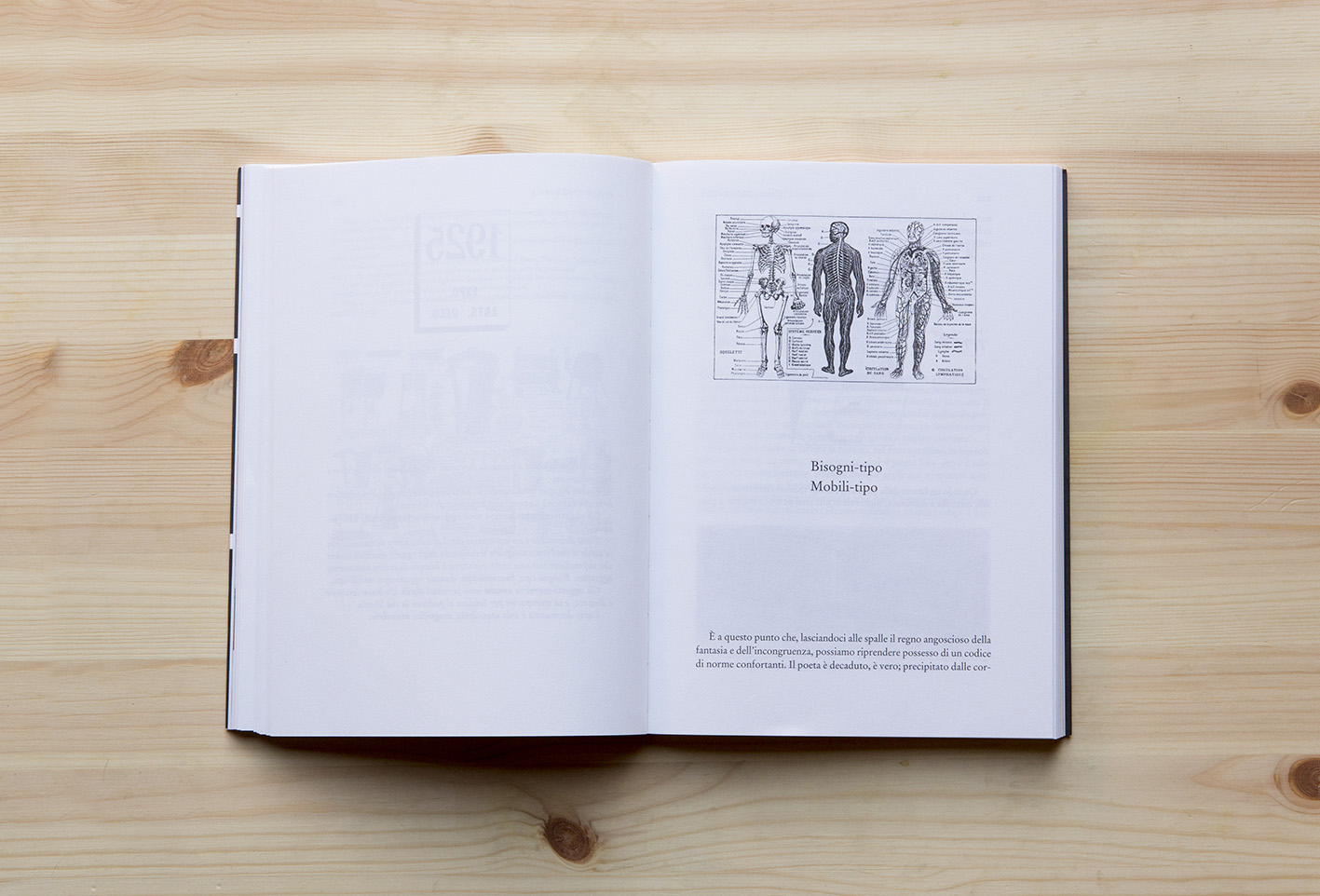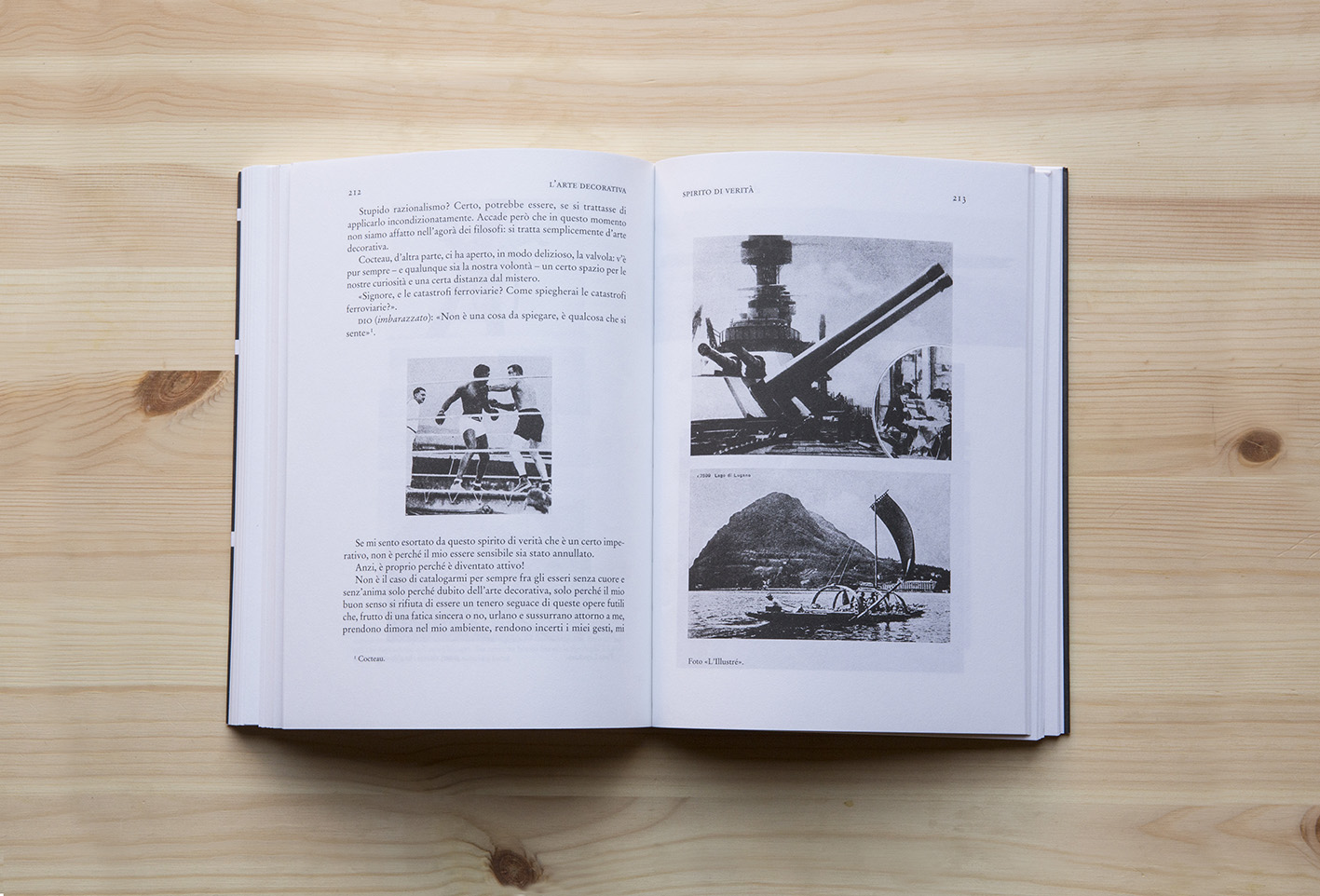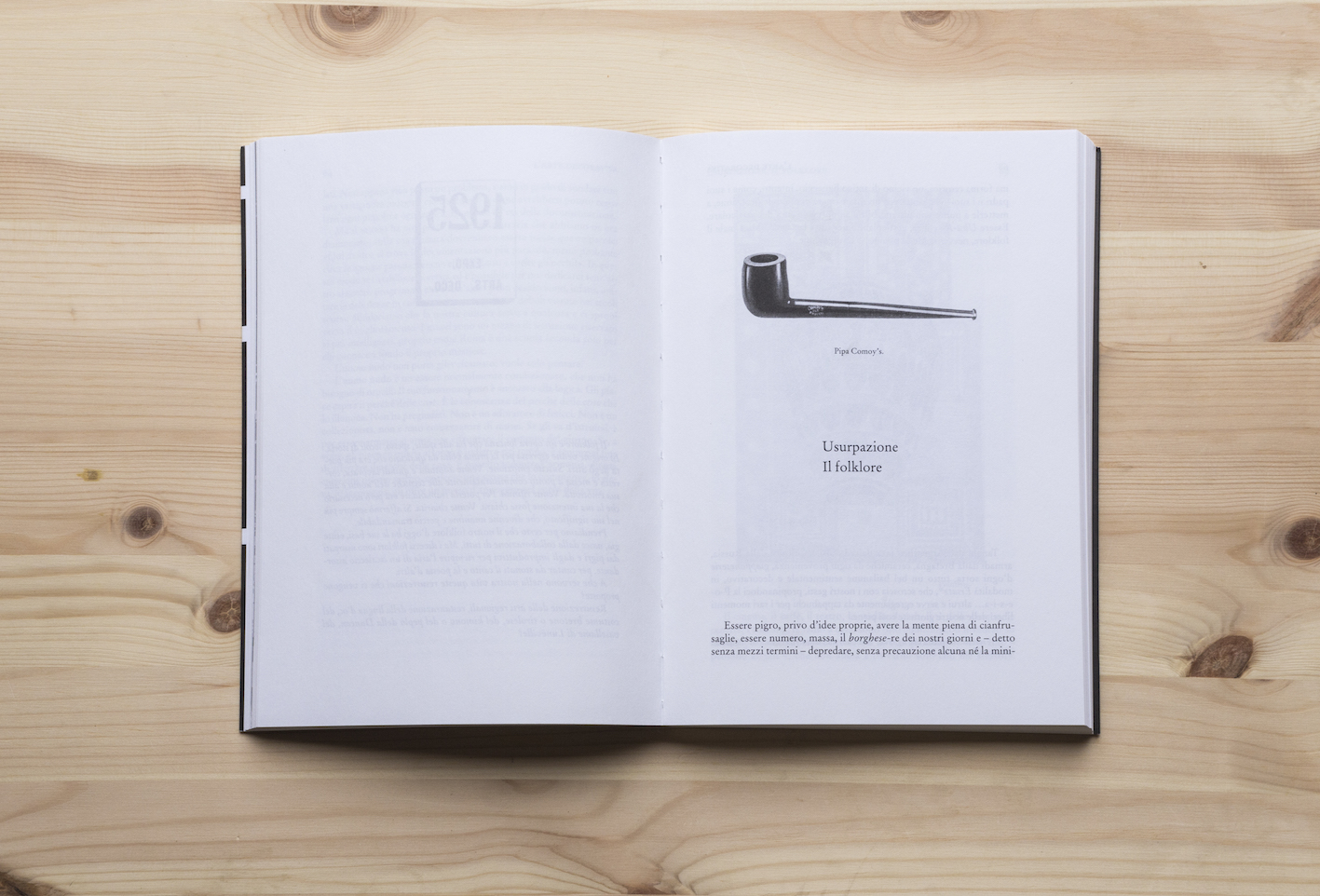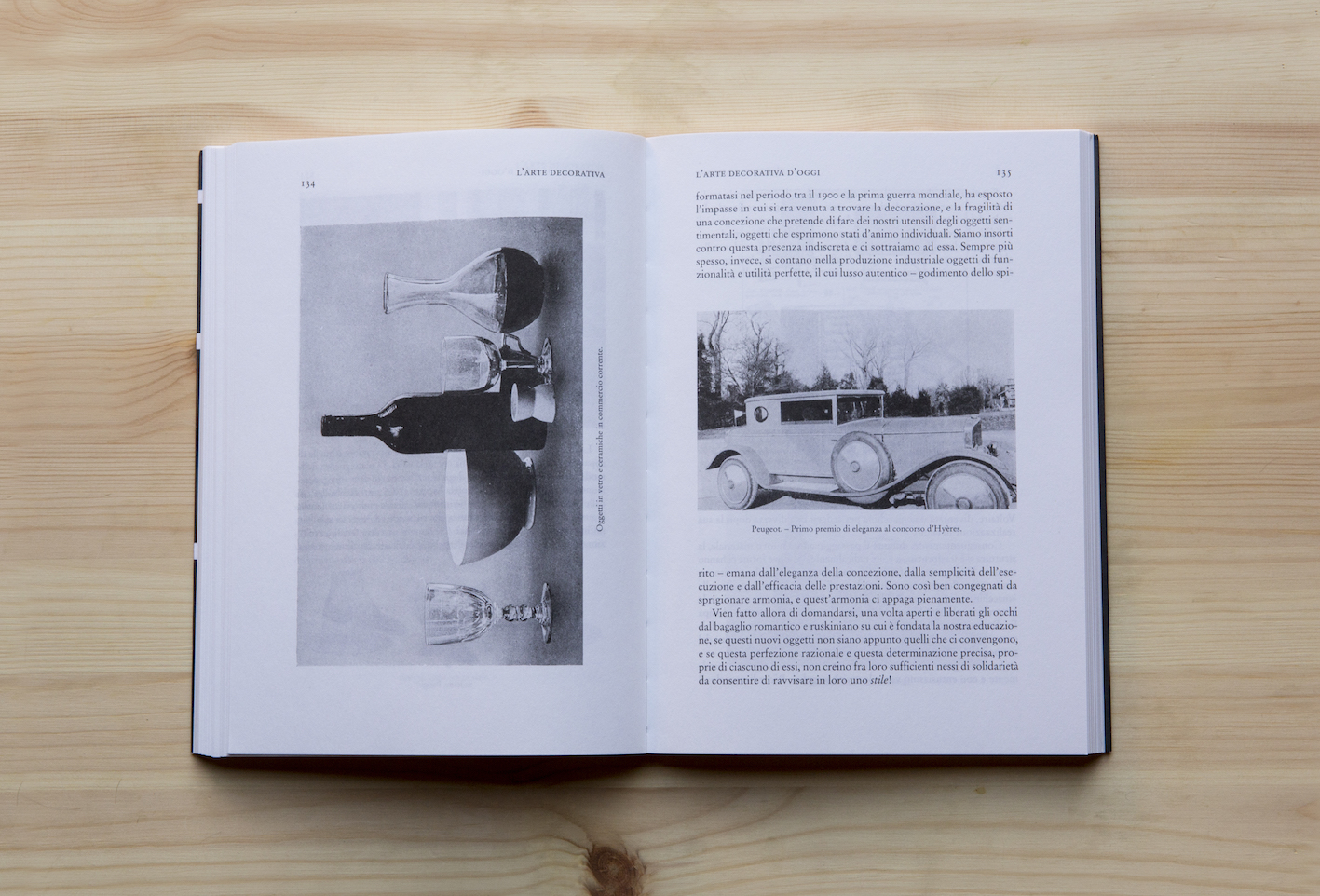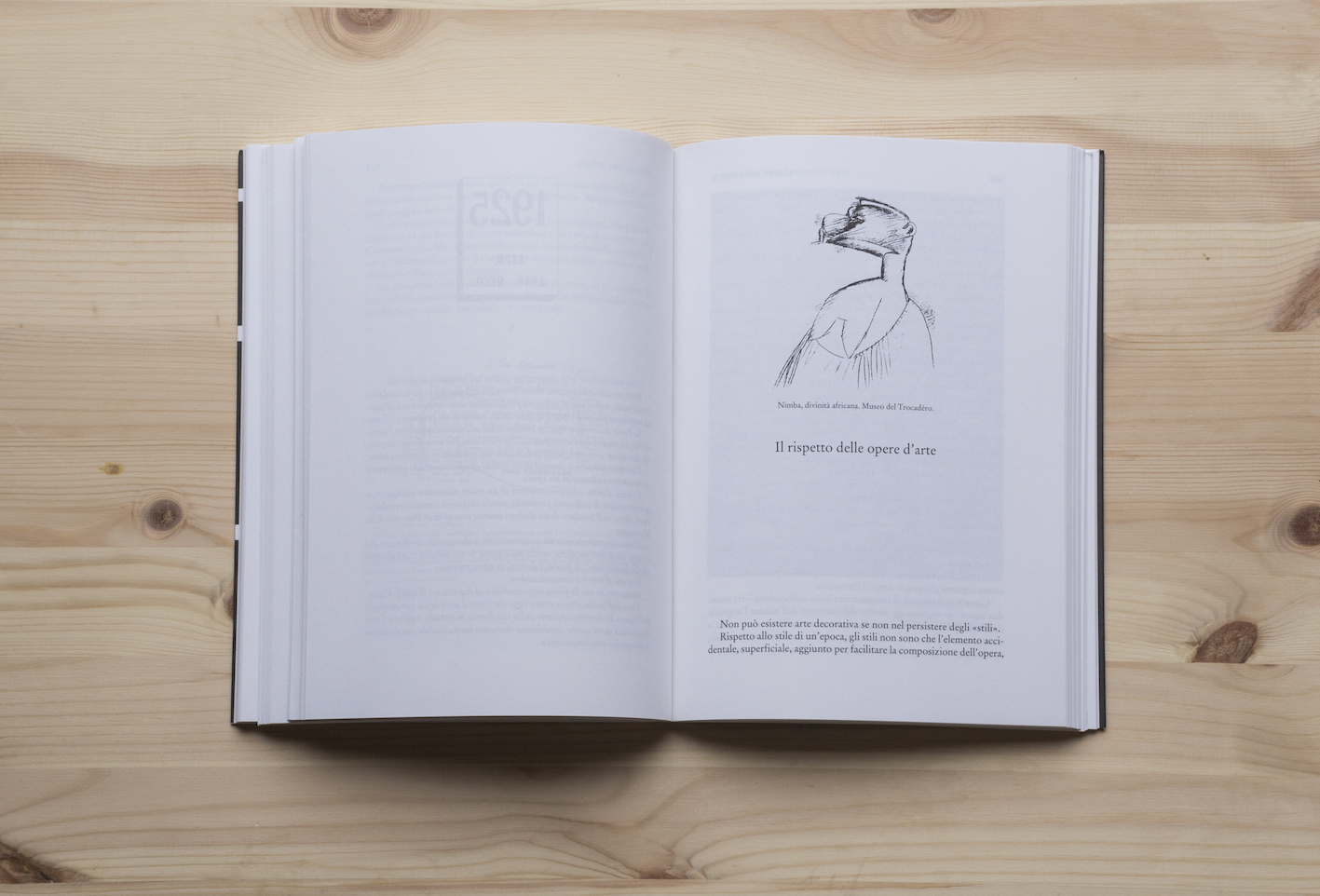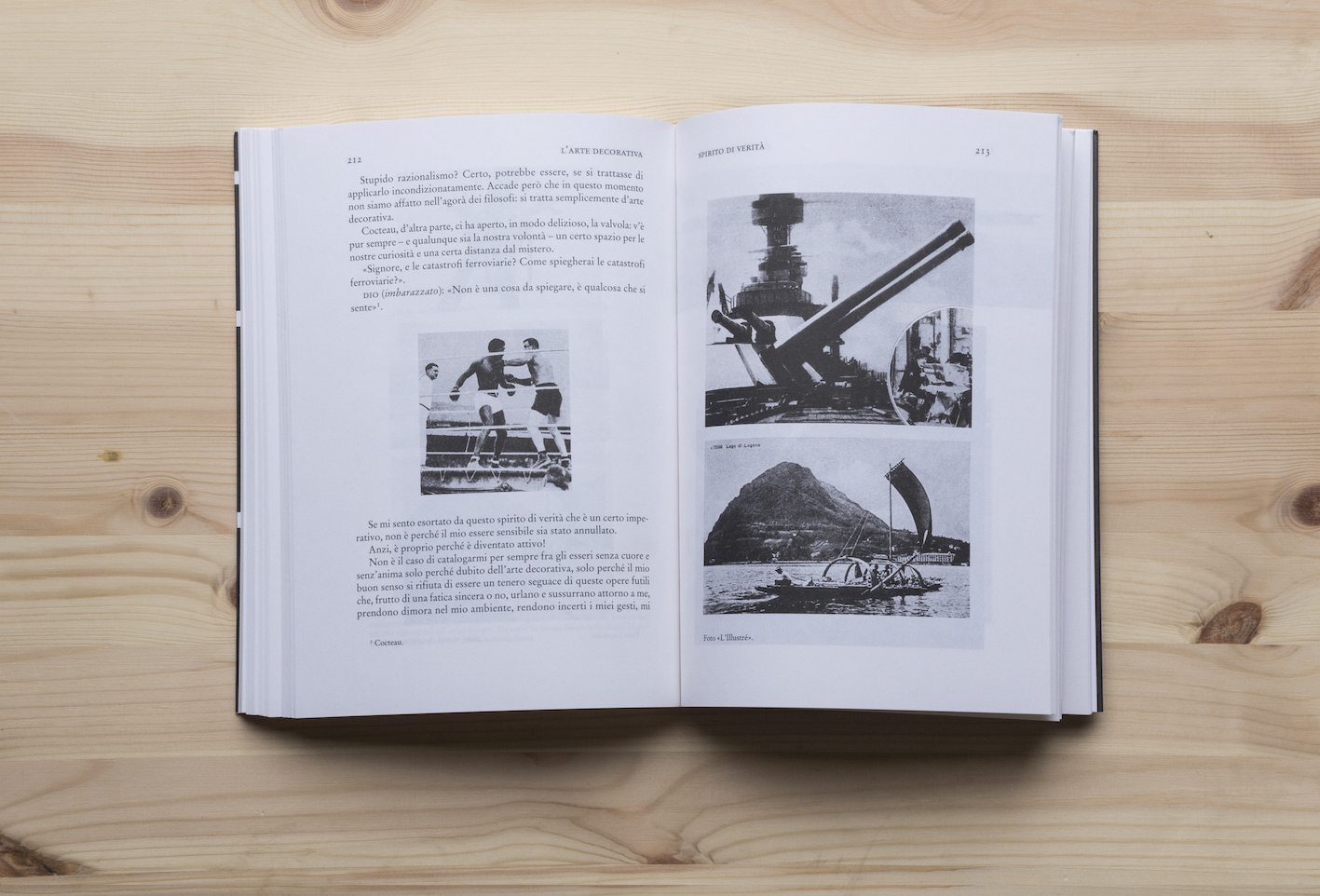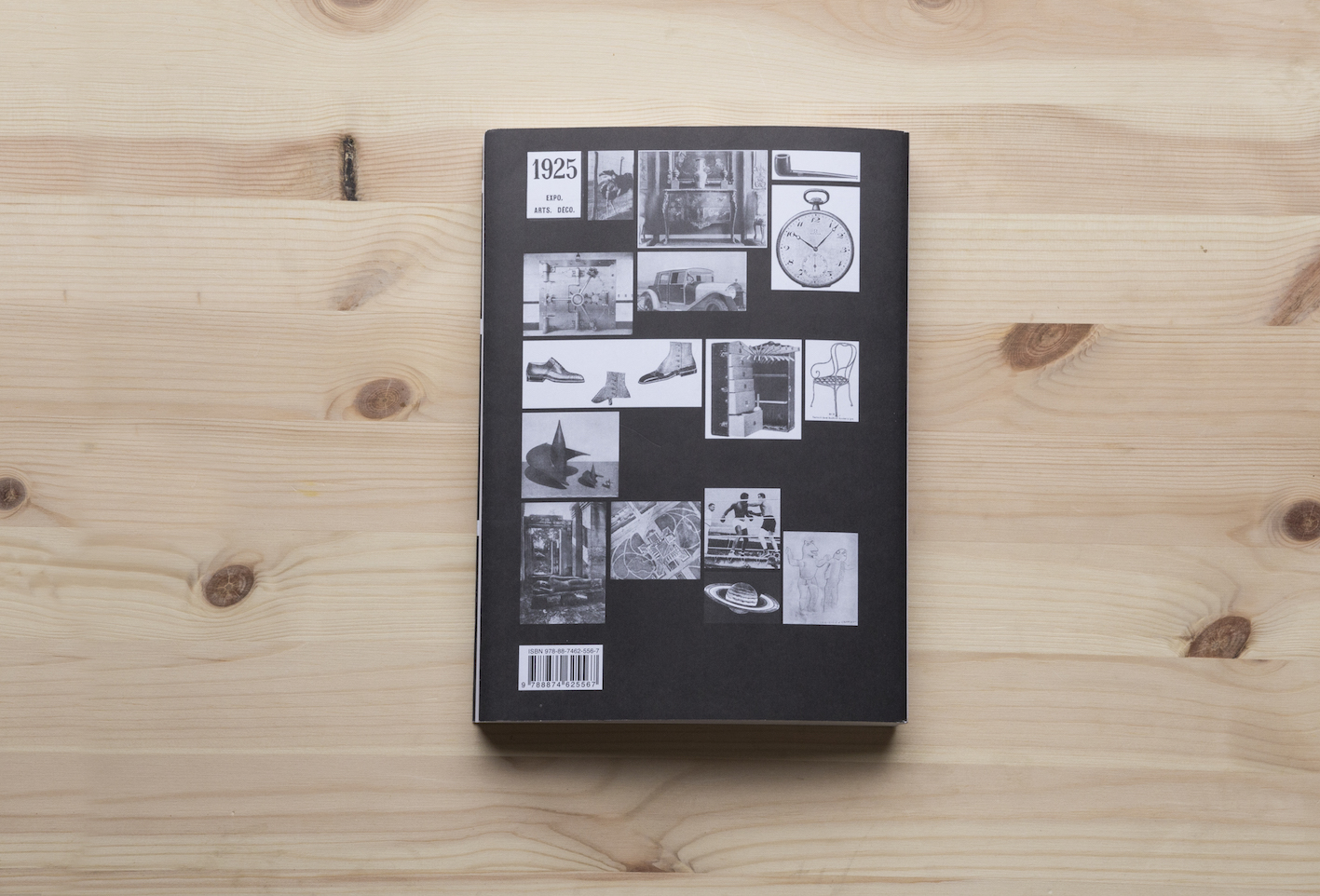3 November 2015
Among the many ways chosen to mark the fiftieth anniversary of the death of that extraordinary genius of the 20th century Le Corbusier, known chiefly as an architect, designer and city planner, but also a painter, sculptor and writer, Quodlibet’s is certainly the one that takes in most of these diverse talents, as it proposes his thinking tout court. The republication in Italian of L’art décoratif d’aujourd’hui, which first came out in 1925 as a collection of articles that had appeared in L’Esprit nouveau, the magazine that Le Corbusier founded with the painter Amédée Ozenfant and the poet Paul Dermée, provides an opportunity to grasp an important turning point in the European culture of the 20th century. The merit of this operation overseen by Domitilla Dardi (which presents the last edition of the text, revised and expanded by the author himself in 1959) is that it one again focuses attention on a book-cum-manifesto in which Le Corbusier’s acute vision and blunt and irreverent pen tackle themes that are still of great relevance to the world of mass production. The volume, which along with Vers une architecture and Urbanisme forms the trilogy of LC’s theoretical writings, has a revolutionary graphical and narrative structure that is developed on the basis of a supple outline of conceptual categories accompanied by a surprisingly varied range of illustrations. The language is ironic and disconcerting, frank and impassioned. The subjects are previewed at the beginning of the volume and summed up in statement-slogans repeated at the start of each chapter. Le Corbusier leads us by the hand, section after section, through a whirlwind of reflections that confirm his basic premises: the death of decorative art inasmuch as it is “an element incompatible with the system of the contemporary spirit”; the imperative to identify the human scale and function in order to define standard needs and therefore standard types of furniture that would be simple and sober; the necessity for industry to produce articles that are perfectly functional and useful. Above and beyond the detailed considerations on the subjects tackled, the principal lesson imparted by The Decorative Art of Today concerns the attitude to be taken toward design. Le Corbusier invites us to live in tune with our time, to interpret it attentively in order to give birth to a new spirit, “to rid ourselves of acquired habits, deposit our capital of memories in the bank vault, behind a steel door on the third floor underground, and giving up any ‘poetics’ of the past, formulate desires close to the ground.” A decidedly topical, incredibly contemporary message.
